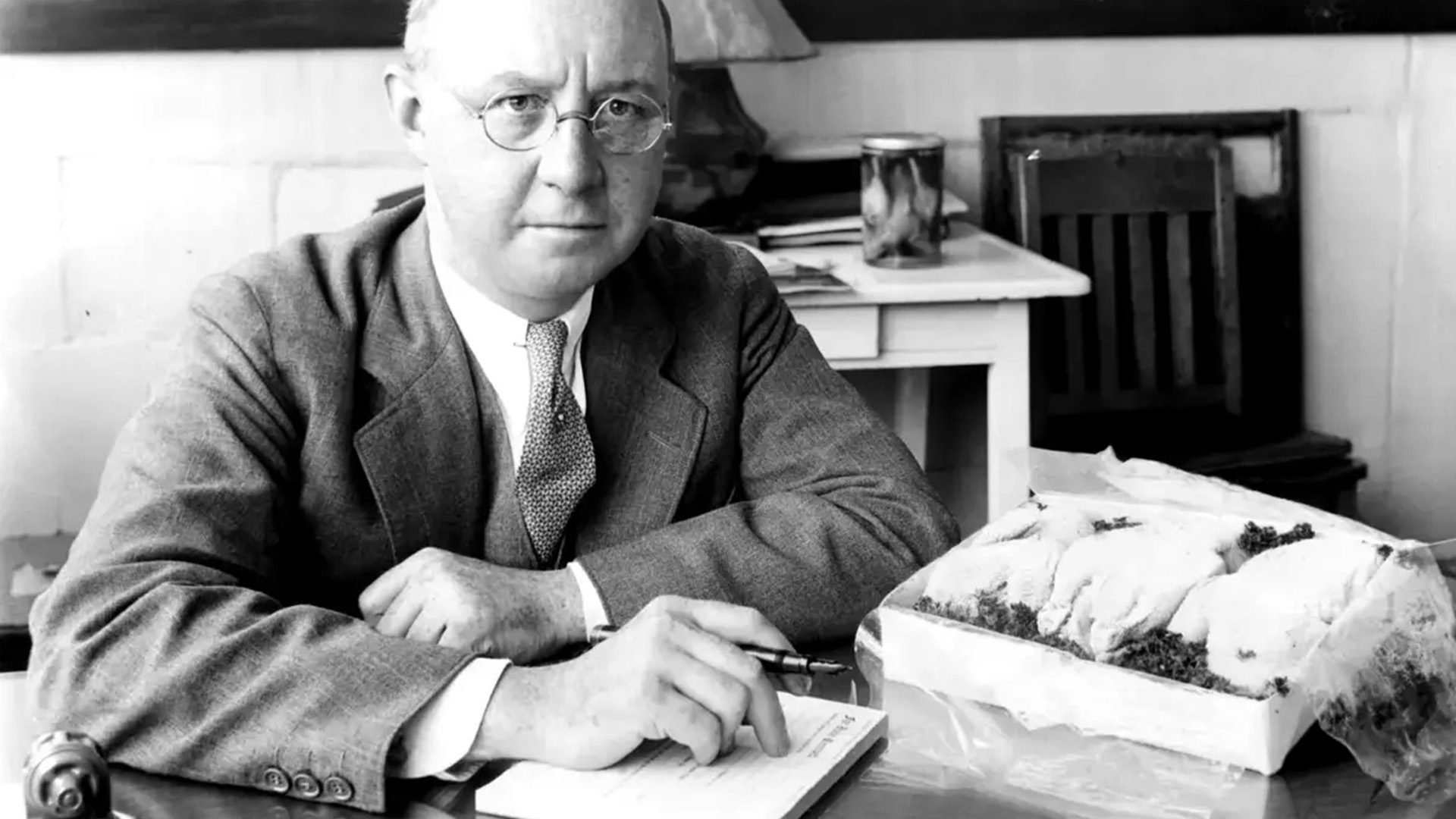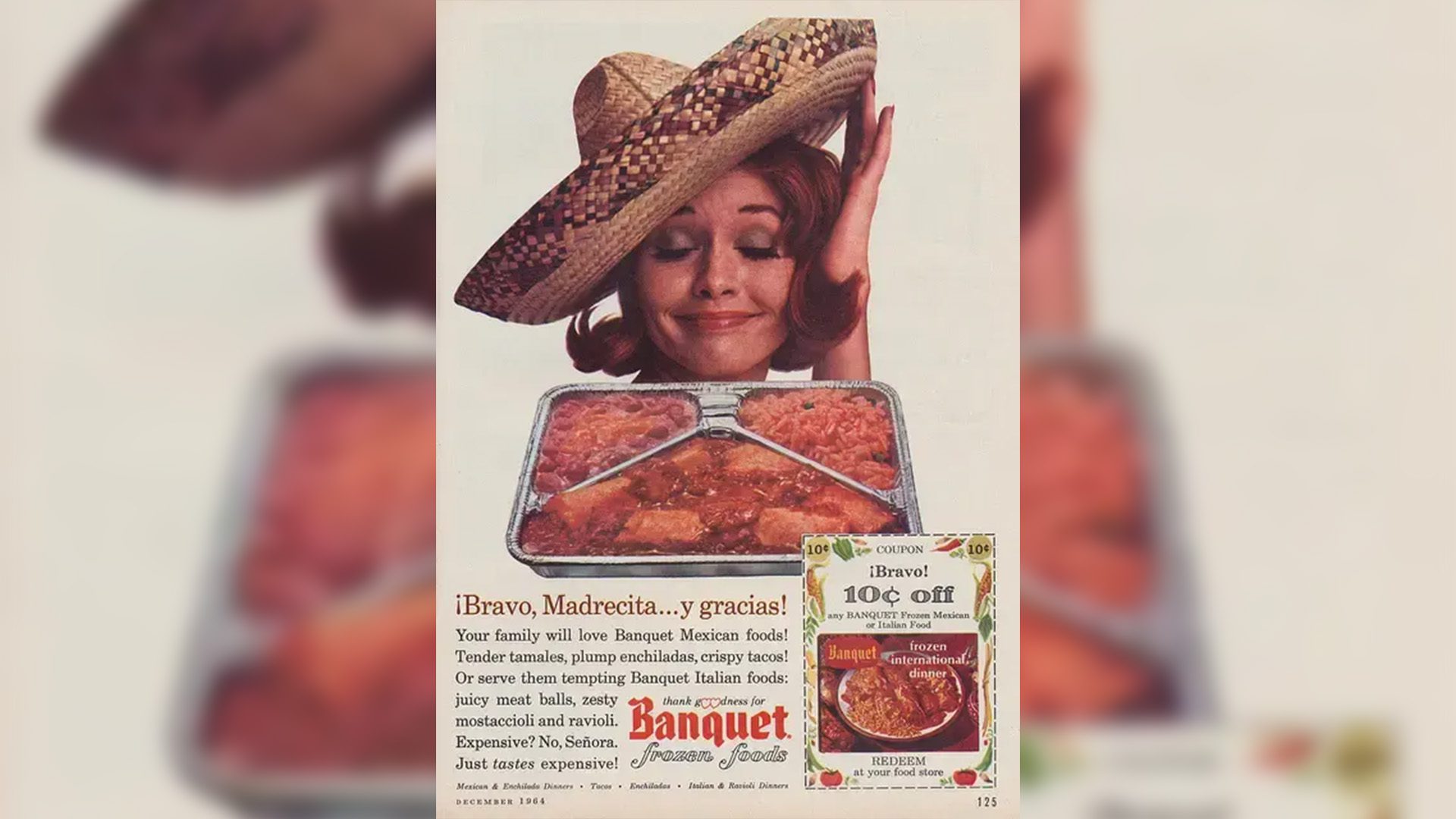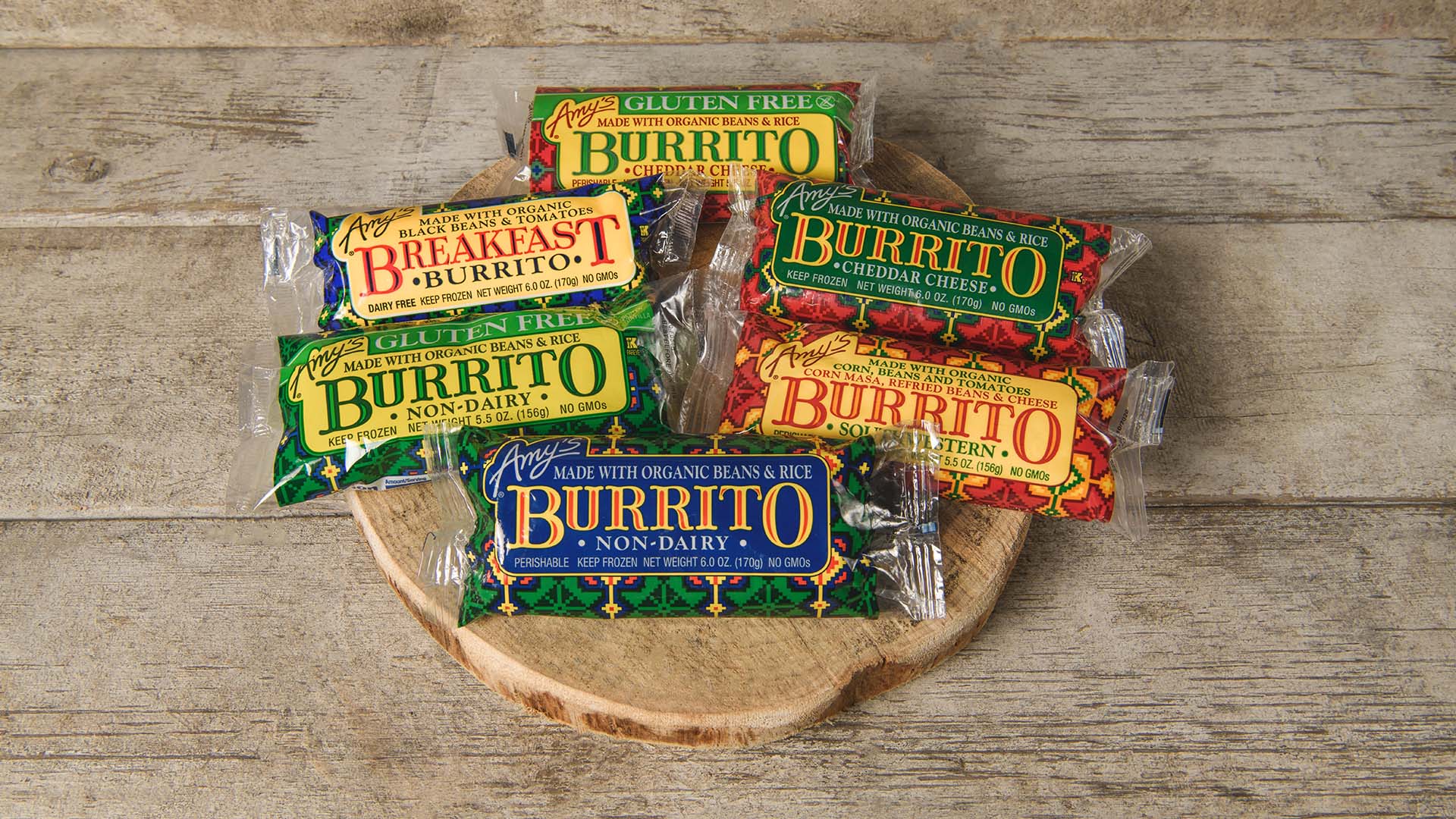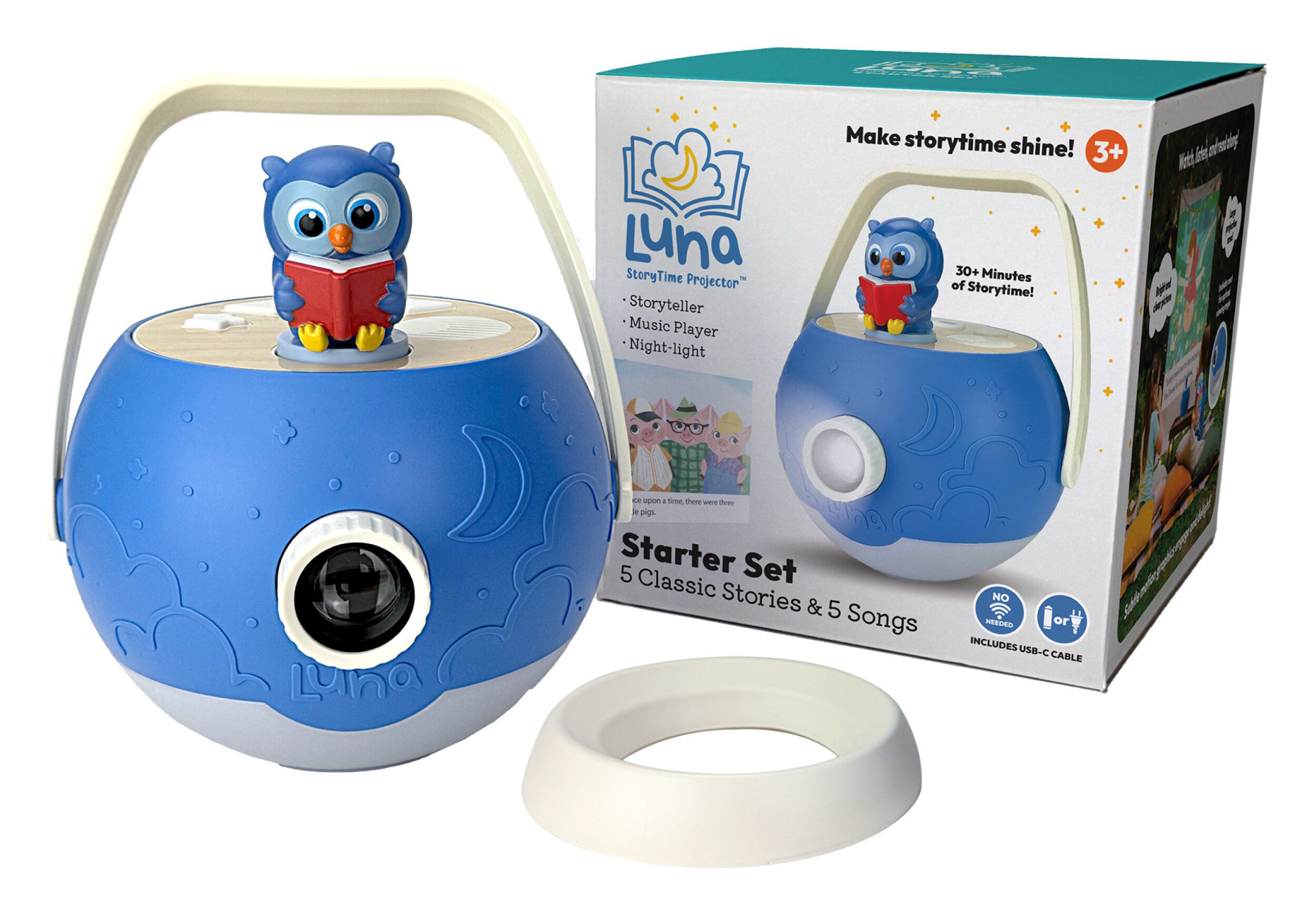If you walk into any grocery or convenience store today, you’re practically guaranteed to find a frozen food section. The frozen food market is also expected to grow to $373.77 billion by 2028. What is the evolution of the frozen food market?
Early Origins
Frozen food can be traced back to hunter-gatherer times in areas that had sub-zero temperatures. Natural caves and cool streams were used to prolong the storage times of animals and plants. For example, evidence from as early as 3,000 BC were found in Ancient China that proved people used ice cellars to preserve food through cold winter months.
Similarly, the ancestors of the Inca freeze-dried potatoes to make them for years. They dehydrated the potatoes by freezing them overnight, trampling them to squeeze out any leftover moisture, and letting them dry in the sun. This process preserved the potatoes’ original nutritional value and allowed the Inca to store them in a cool, dry place underground. This storage provided an alternative food source in case of crop damage or drought.
Modern Beginnings
However, the origin of modern frozen foods dates back over 100 years ago in 1917 with Clarence Birdseye. While working as a fur trader in Canada, Birdseye observed how the local Inuit freeze preserved fish by immediately letting the fish freeze in the Arctic temperatures after it was caught. Once the frozen fish (which was left out in the cold) was thawed and cooked months later, it tasted and felt completely fresh.

Birdseye took the principle back to the United States and applied it to commercially frozen food in the 1920s. However, he faced many hurdles with his business, such as a lack of insulated vehicles to transport his products to stores and insufficient space in refrigerated display cases in stores. At the time, commercially frozen food was available, but it was unpopular with consumers because the food had lost its flavor and texture. Companies froze the food too slowly, causing large ice crystals to form which ruptured the food’s cellular structure and damaged the food’s flavor.
In 1927, Birdseye patented a multi-plate freezing machine in which food was placed between two metallic plates at -13 degrees F against a low convection tunnel to flash-freeze the product. In 1930, his first line of frozen foods went public through the Birds Eye Frosted Food Company. The original, flash-frozen foods included haddock filets, spinach, raspberries, and more. The company advertised June peas as “as gloriously green as any you will see next summer.”
The Frozen Food Boom
Even with Birdseye’s improved process, frozen food didn’t become popular until the 1940s when large numbers of Americans first tasted frozen food. A tin shortage during World War II resulted in a dearth of canned goods, giving consumers the push to purchase frozen foods.
In 1948 and 1949, many stores, such as Safeway Foods, Jewel Food Stores, and A&P, launched their own line of frozen foods. The first frozen food advertisement also appeared on television during this time, with Snow Crop sponsoring Sid Caesar’s weekly Show of Shows.
In the 1950s and 1960s, the frozen food industry boomed. This was in part thanks to the growth of supermarkets, advancements in freezing and refrigeration technology, and an increase in the average family being able to afford and purchase a refrigerator. By 1953, over 33 million families owned a refrigerator.
The biggest boost that occurred in the frozen food industry, however, was the newly-created TV dinners. In 1954, Swanson Foods, a nationally-recognized producer of canned and frozen poultry, combined Birdseye’s freezing techniques, a segmented aluminum tray, and a huge marketing budget to trademark the concept of a TV dinner. Within its first year of production, Swanson sold over 10 million frozen TV dinners.
Competitors quickly followed suit with Swanson’s TV dinners, and frozen foods became an American staple. By 1959, Americans were spending $2.7 billion annually on frozen foods, almost half of which was spent on ready-prepared meals like the TV Dinner.

Frozen food continued to grow in the 1960s, with the meals mirroring the changes taking place in society. As more and more women left the traditional housewife role and moved into the workplace, frozen products allowed for dinners to be served quickly. Fast food restaurants like McDonald’s also began using frozen fish portions and meat patties in the 1960s. Additionally, a nationwide diet dilemma in the late 60s encouraged a new line of healthy frozen dinners from Weight Watchers.
In the rest of the 20th century, the fast food industry became more inclusive, with many manufacturers and companies adding new frozen items. This included more nutritional items such as Stouffer’s Lean Cuisine frozen entrees, unveiled in 1981. Some restaurants also started selling their fast-food products in grocery stores. Additionally, Tyson and Swanson introduced more kid-friendly frozen microwavable dinners like chicken nuggets and mac and cheese.
Frozen Food Today and Tomorrow
With frozen foods now a regular part of most Americans’ diets, the focus has shifted to the nutrition and benefits of frozen food. As Gregory Ng, a chief marketing officer and self-proclaimed “Frozen Food Master” with a frozen food review channel on YouTube, described to Eater, “The technology and convenience of frozen food has created a hyper niche market served by Whole Foods and Trader Joe’s. These healthier companies like Amy’s Organics and Kashi are feeding really specific eaters—gluten-free, low-calorie, and organic. As long as companies have microwave-only kitchens and there are healthy options out there, frozen food technology is always gonna be around.”

Taking Amy’s Kitchen as an example, the company was established in 1991 after founders Rachel and Andy couldn’t find any satisfying organic and vegetarian frozen foods. Today, Amy’s Kitchen is a Certified B Corporation that serves over 230 million meals a year to over 14 million consumers.
As for the future of frozen foods, the market is projected to grow from $251.16 billion in 2021 to $373.77 billion by 2028. Some experts attribute this increase to consumers’ busy schedules giving less time for cooking. The market growth is also fueled by increasing disposable incomes, impulse purchasing, and convenience food. The growing use of vegan products is expected to positively influence the frozen food market growth as well.
To find out more about Amy’s Kitchen’s sustainability and plant-based frozen foods, we visited the company’s birthplace, factory, and drive-thru restaurant. Check it out below.
For more of the latest food news, check out ways to be a more sustainable cook, what a Certified B Corporation is, and the flight that was powered by cooking oil.







